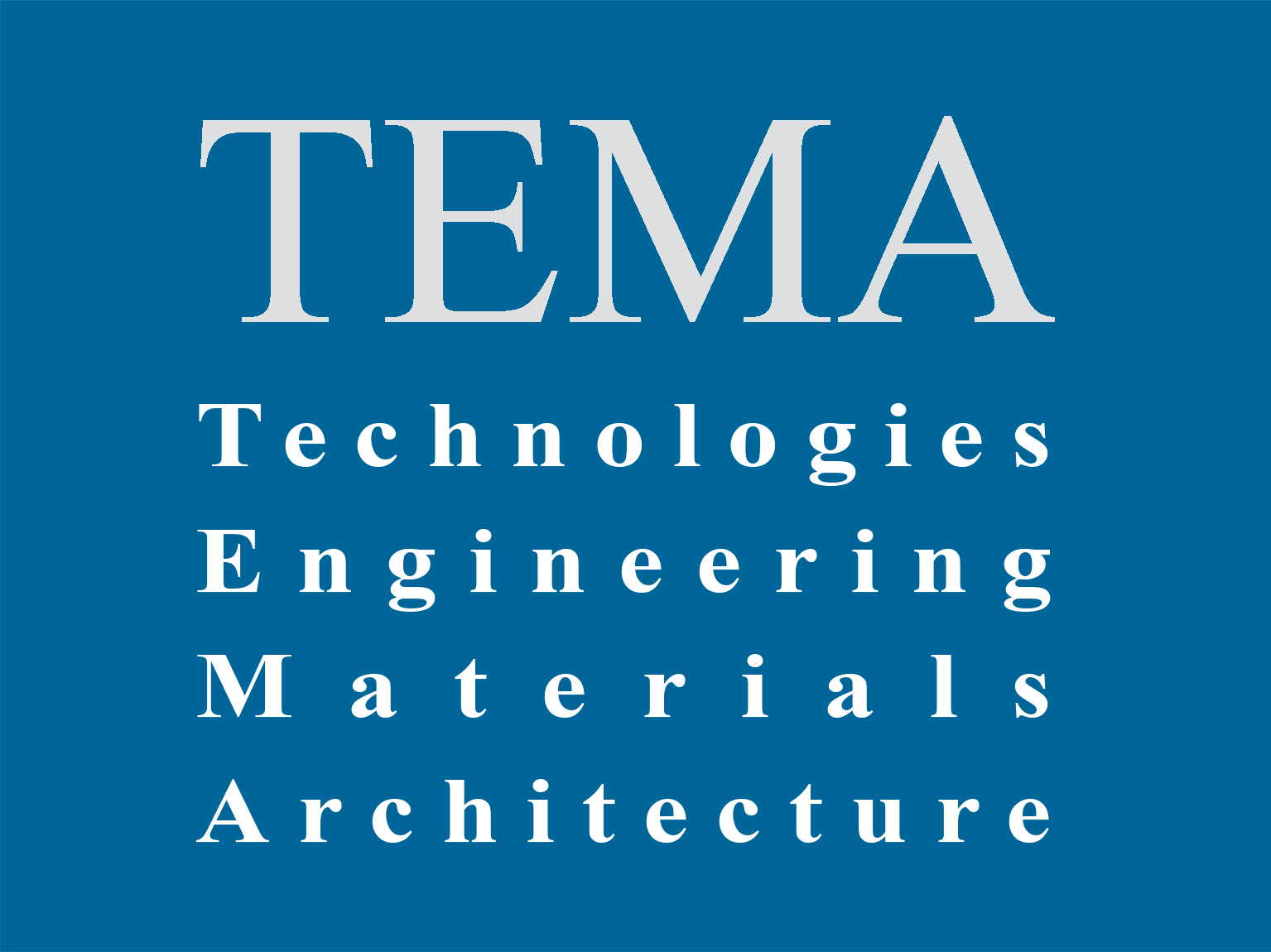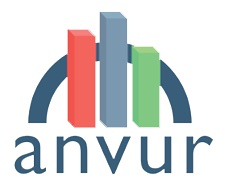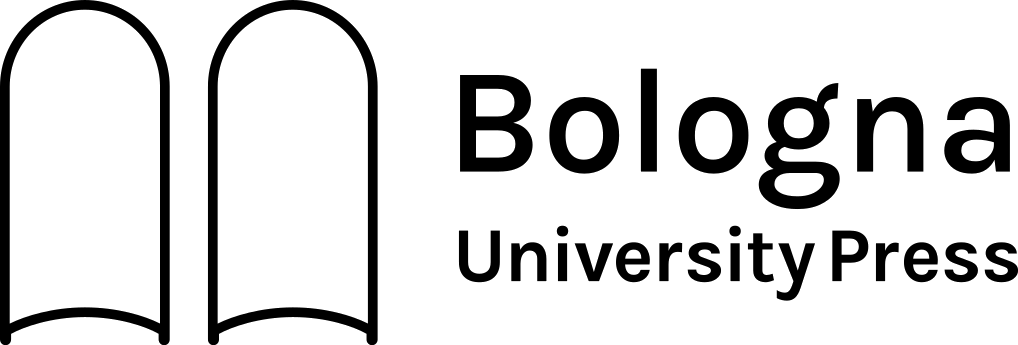Submission Preparation Checklist
As part of the submission process, authors are required to check off their submission’s compliance with all of the following items; submissions may be returned to authors that do not adhere to these guidelines.
- The submission has not been previously published, nor is it under consideration by any other journal/publisher (or an explanation has been provided in Comments to the Editor).
- Authors must hold all rights to the original work submitted without any restrictions.
- Where available, URLs for the references must be provided.
- The text is spaced with 1.5 line spacing; uses an 11-point font; employs italics, rather than underlining (except with URL addresses); and all illustrations, figures, and tables are placed within the text at the appropriate points, rather than at the end.
- The text adheres to the stylistic and bibliographic requirements outlined in this Author Guidelines, which is found in About the Journal.
- If submitting to a peer-reviewed section of the journal, the instructions in Ensuring a Blind Review have been followed.
Author Guidelines
Submission to this journal proceeds totally online, and you will be guided stepwise through the creation and uploading of your files. The system automatically converts your files to a single PDF file, which is used in the peer-review process.
This journal operates a double-blind peer-review process. The Editor will initially assess all contributions for suitability for the journal. Papers deemed suitable are then typically sent to a minimum of two independent expert reviewers to evaluate their scientific quality. The Editor is responsible for the final decision regarding the acceptance or rejection of the article.
You will be guided stepwise through the creation and uploading of the various files. All correspondence, including notification of the Editor’s decision and requests for revision, takes place by e-mail. The Author may submit the names and institutional e-mail addresses of some potential referees. Note that the Editor retains the sole right to decide whether or not the suggested reviewers will be involved.
Authors must respect the submission procedures in order to guarantee the proper anonymization of the content. All references to authors or research groups must be removed from the manuscript. A manuscript that does not meet the criterion of anonymization cannot be formally accepted, regardless of the quality of its contents.
Authors should be aware that submitted articles must be formatted as TEMA: Technology, Engineering, Materials and Architecture Template (Click here to download).
- The article must be submitted in .docx (.doc) format with figures, tables, and captions.
- The Author(s) Agreement (Click here to download) form must be signed by the Corresponding Author and submitted as a separate file.
- All figures must also be submitted separately in .tif o .jpg format and have a resolution of at least 200 dpi
To submit your paper, please click here: http://rivistatema.it
For any questions or clarifications about submitting a manuscript, authors can contact the journal staff by sending an e-mail to tema@artecweb.org.
Essential contents
There are no strict formatting requirements, but all manuscripts must contain the essential elements needed to convey your manuscript:
- Title (maximum 20 words);
- Abstract (maximum 1.500 characters including spaces);
- Classification matches (Click here to view);
- Text, composed of Introduction, Methods, Results, Conclusions, Artwork, and tables with captions;
- References (maximum 25).
All manuscripts must be written in English.
Divide the article into clearly defined sections.
The minimum article length is 15,000 characters (including spaces characters), excluding abstract, highlights, keywords, and references.
The full text must be no longer than 30,000 characters (including spaces characters), excluding abstract, highlights, keywords, and references.
The following data must not be included in the manuscript to maintain anonymization:
- Author names and affiliations;
- Corresponding Author (name, telephone number, e-mail address);
Authors must name the file as follows to maintain anonymization:
- The first part should be the date of submission in the following scheme yyyymmdd, followed by the symbol underscore “_”, and the following three letters should be the first letter of the first three words of the title of the paper. The filename shall look like: yyyymmdd_XYZ.docx (e.g., “A Novel Time-Frequency Distribution for Real-Time Monitoring of Civil Infrastructures by S. Quqa, G. Bernagozzi, L. Landi, P.P. Diotallevi”, submitted on the of 21 May 2020 should be named as: 20200521_ANT.docx ).
They must be submitted via the submission form in the “Manuscript data” section, following the online submission procedure.
Acknowledgments (max 200/300 characters spaces included)
Any acknowledgments to specific research groups or granted projects shall not be mentioned in the anonymous version of your manuscript. Said acknowledgments could only be provided inside the “Additional Information” Acknowledgements section.
Funding (max 200/300 characters spaces included)
Any funding received by the research groups or granted projects shall not be mentioned in the anonymous version of your manuscript. Said Funding could be only provided inside the “Additional Information” Funding section.
Author Contributions (max 500/600 characters spaces included)
Anyone included in the author list should have their role listed in the author contribution section. If needed, authors could follow the CRediT taxonomy, of which a brief explanation is available at contributor-role-instruction.pdf (Click here to view). Everyone and only those satisfying one or more of these roles should be included as authors. In addition, all authors must be fully aware of andapprove the submission of the manuscript. All author contributions shall not be mentioned in the anonymous version of your manuscript. Said contributions could only be provided inside the “Additional Information” Author Contributions section.
Formatting requirements
Please ensure the figures, tables, and math formulas included in the single file are placed next to the relevant text in the manuscript rather than at the bottom or the top of the file.
Figures
The maximum number of figures/ tables/graphics is 10 in total.
The images must have a resolution of 200 DPI and must be submitted in .tif or .jpg format. Each illustration must have a caption that comprises a brief title (not on the figure itself) and a description of the illustration. Keep text in the illustrations themselves to a minimum but explain all symbols and abbreviations used. Please ensure the figures included in the single file are placed next to the relevant text in the manuscript.
Tables
Please submit tables as images. Tables can be placed either next to the relevant text in the article or on separate page(s) at the end. Number tables consecutively in accordance with their appearance in the text and place any table notes below the table body. Be sparing in the use of tables and ensure that the data presented in them do not duplicate results described elsewhere in the article. Please avoidusing vertical rules.
Math formulae
The math equations must be inserted as images. Present simple formulae in line with normal text where possible and use the solidus (/) instead of a horizontal line for small fractional terms, e.g., X/Y. In principle, variables are to be presented in italics. Powers of e are often more conveniently denoted by exp. Number consecutively any equations that have to be displayed separately from the text (if referred to explicitly in the text).
References
References have to be written according to Springer Basic (numeric, brackets) style
Citations of references should be numbered consecutively in the order in which they appear in the text (i.e. [1] or [2-5]) and listed in the same numerical order at the end of the text.
Some examples of correct bibliographic citations are given below:
Book with two or more authors:
1. Garofalo E, Palacios Gonzalo JC, Campisi T (2016) Costruire in Pietra, pratica e storia – laboratorio di stereotomia, Edizione Caracol. Palermo
Book with a single author:
2. Petrignani M (1976) Pianificazione ed industrializzazione edilizia nell’U.R.S.S. -. Antonio Salzano Editore, Salerno
3. Meuser P (2016) Seismic Modernism: architecture and housing in Soviet Tashkent. DOM, Berlin
Chapter in an edited book:
4. Artigliere E (1964) La prefabbricazione edilizia in Europa ed oltremare. In: AA.VV. Prefabbricazione edilizia. Ed. AITEC, Roma, pp 150–159
5. Fatta G, Campisi T, Li Castri M, Vinci C (2010) Le volte sottili in mattoni in foglio in area siciliana. In: Marchese AG (a cura di). Manierismo siciliano. Ila Palma, Palermo, pp 129–144
Journal article:
6. Solopova N (2002) Dai pannelli alla città. Alcune tappe nella storia della prefabbricazione pesante in URSS. STORIA URBANA 101:106–125
7. Ciribini ALC, Pasini D, Tagliabue LC, et al. (2017) Tracking Users’ Behaviors through Real-time Information in BIMs: Workflow for Interconnection in the Brescia Smart Campus Demonstrator. Procedia Engineering 180:1484–1494. https://doi.org/10.1016/j.proeng.2017.04.311
Resubmission after reviewers comments
The Editor will request authors to resubmit their revised manuscript in case of minor or major reviews. The Authors should provide:
- The revised article in .docx (.doc) format with figures, tables, and captions. The file shall have the same name as the one previously submitted;
- A separate word document with answers and/or rebuts to reviewers that clearly highlights the modifications applied to the manuscript after the first review process. This file shall be named: Com_originalfilename.docx (e.g., “A Novel Time-Frequency Distribution for Real-Time Monitoring of Civil Infrastructures by S. Quqa, G. Bernagozzi, L. Landi, P.P. Diotallevi”, submitted on the of 21 May 2020 should be named as: Com_20200521_ANT.docx);
- Only the revised figures submitted separately in .tif o .jpg format and have a resolution of at least 200 DPI
For any questions or clarifications about submitting a manuscript, authors can contact the journal staff by sending an e-mail to the address tema@artecweb.org.
After Acceptance
One set of page proof (as PDF files) will be sent by e-mail to the corresponding Author, or a link will be provided in the e-mail so that authors can download the files themselves and make corrections. Instructions on how to annotate PDF files will accompany the proofs.
If you do not wish to use the PDF annotations function, you may list the corrections and return them to the Publisher Editorial Office via e-mail. Please list your corrections quoting line number and page. Please note that this step must be used only for checking the typesetting, editing, completeness, and correctness of the text, tables, and figures. Significant changes to an article already accepted for publication will be considered at this stage only after obtaining permission from the Editor. All corrections should be sent back in one communication within 72 hours.
Use of the digital object identifier
The Digital Object Identifier (DOI) may be used to cite and link to electronic documents. The DOI consists of a unique alpha-numeric character string assigned to a paper by the publisherupon the initial electronic publication.
In Press Articles
TEMA is committed to publishing the articles in the issue immediately after their acceptance through the double-blind review phase. In order to foster research content dissemination, the journal offers the possibility to publish accepted papers as In-Press Articles. This method, already practiced by numerous scientific journals, is intended as an additional and free service for the Authors as well as for the entire scientific community. This practice significantly accelerates the dissemination of contributions (with a fully citable format-DOI-Digital Object Identifier) compared to the longer times of publication of the complete issue.
To this end, after the explicit request of the Authors, the Editorial Board can activate the In-Press Article procedure for the articles accepted in the review phase after the content and metadata check.
Copyright
- Submission of an article implies that all Authors have approved the paper for release and are in agreement with its contents.
- Upon submission of the article, the Author(s) grant:
• to be the sole Author and/or owner of all rights in the submission, and have full power to convey the rights granted;
• the submission does not infringe any copyright or other rights of any party;
• the submission does not contain matter that is obscene, defamatory, objectionable, indecent, of a libelous or scandalous nature or that violates any party’s civil rights, rights of privacy or publicity, or other legal rights, or that is otherwise unlawful;
• if the submission reproduces any textual, graphic, or photographic material that is the property of any other party and for which permission is required for publication, that he/she has obtained written consent from all such parties.
TEMA is an Open Access journal; upon submission of an article, the Author(s) agree that, if accepted for publication, it will be distributed under a Creative Commons CC BY (4.0) license
This license lets others distribute, remix, adapt, and build upon your work, even commercially, as long as they credit you for the original creation. This is the most accommodating of licenses offered. Recommended for maximum dissemination and use of licensed materials.
Click here for more info: https://creativecommons.org/licenses/by/4.0/
Privacy Statement
The data collected from registered and non-registered users of this journal falls within the scope of the standard functioning of peer-reviewed journals. It includes information that makes communication possible for the editorial process; it is used to informs readers bout the authorship and editing of content; it enables collecting aggregated data on readership behaviors, as well as tracking geopolitical and social elements of scholarly communication.
This journal’s editorial team uses this data to guide its work in publishing and improving this journal. Data that will assist in developing this publishing platform may be shared with its developer Aries system in an anonymized and aggregated form, with appropriate exceptions such as article metrics. The data will not be sold by this journal or Aries system, nor will it be used for purposes other than those stated here. The authors published in this journal are responsible for the human subject data that figures in the research reported here.
Some of our pages use Google to serve statistics to site managers. Google uses javascripts and cookies, specifically the DoubleClick DART cookie, to serve data based on previous visits and o her sites on the Internet. If you would like to have more information about this practice, or opt-out of the use of the DART cookie, click here: http://www.google.com/privacy_ads.html.
The authors published in this journal are responsible for the human subject data that figures in the research reported here.
Those involved in editing this journal seek to be compliant with industry standards for data privacy, including the European Union’s General Data Protection Regulation (GDPR) provision for “data subject rights” that include (a) breach notification; (b) right of access; (c) the right to be forgotten; (d) data portability; and (e) privacy by design.









